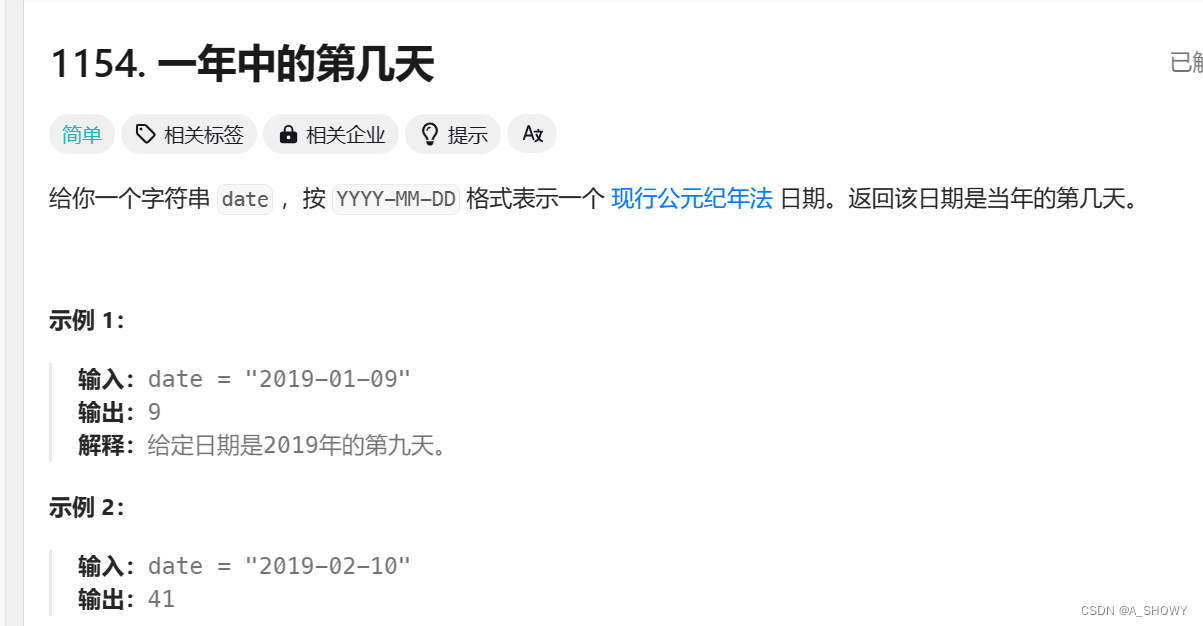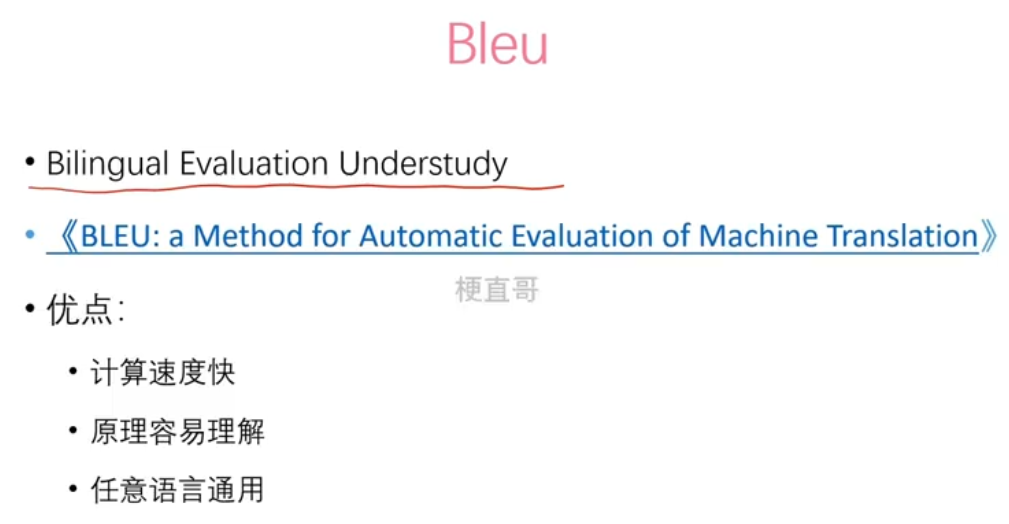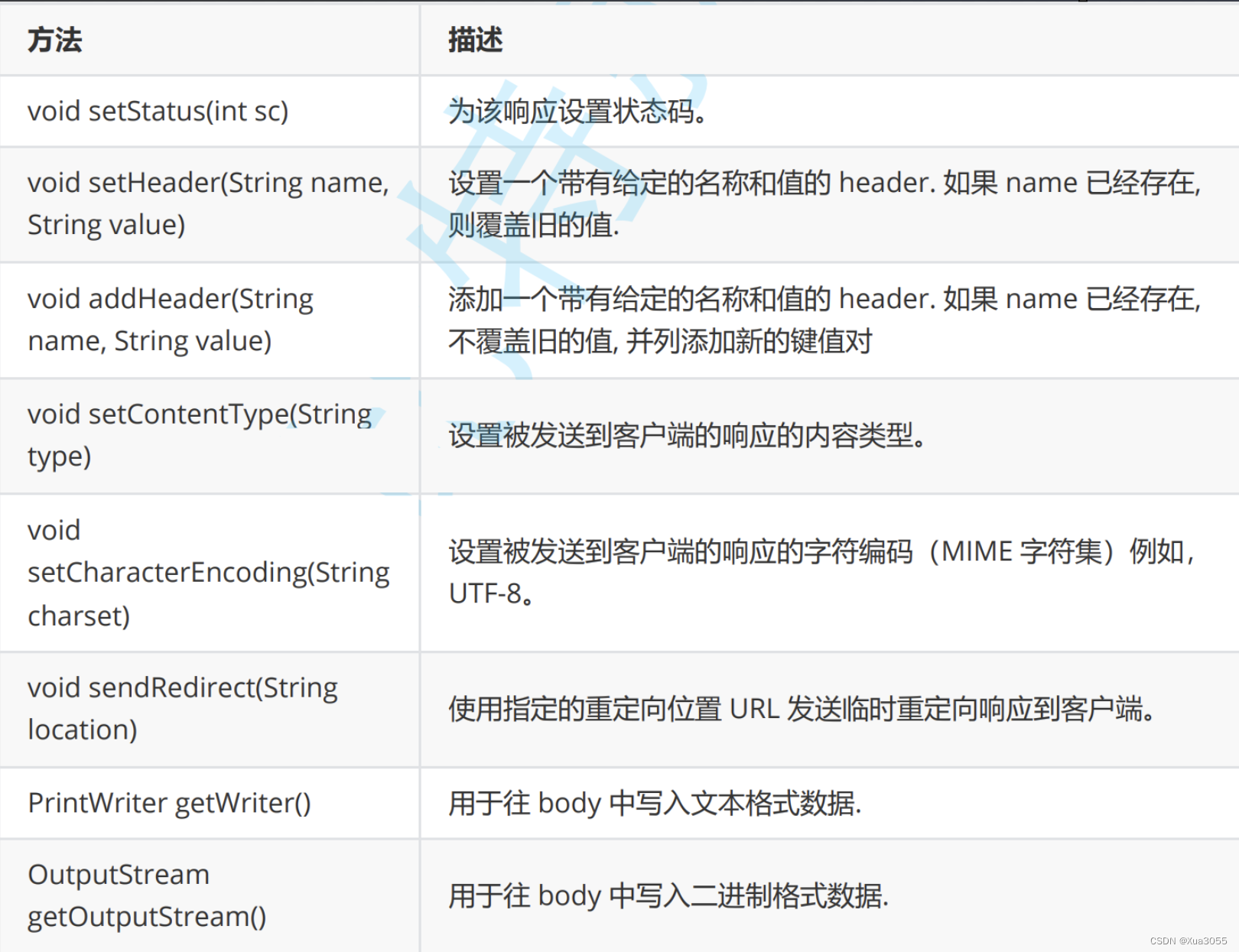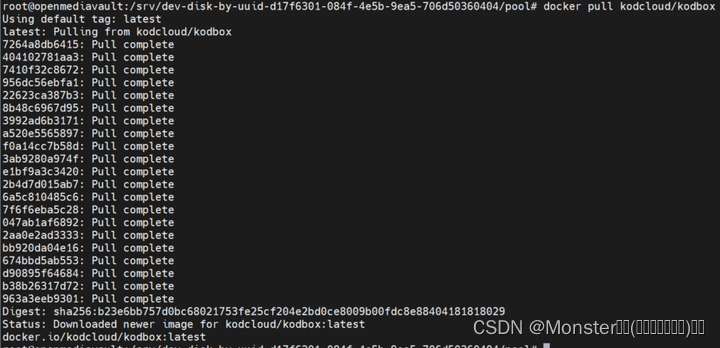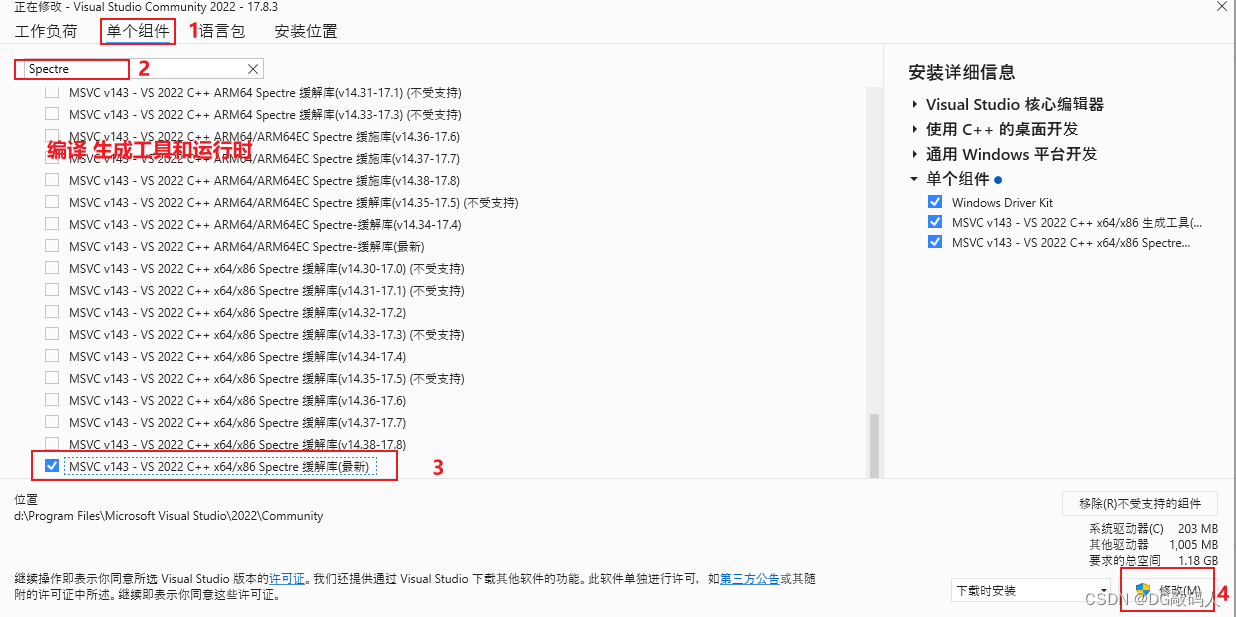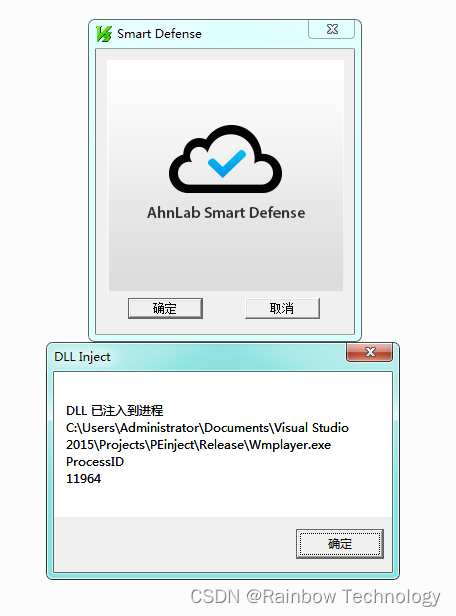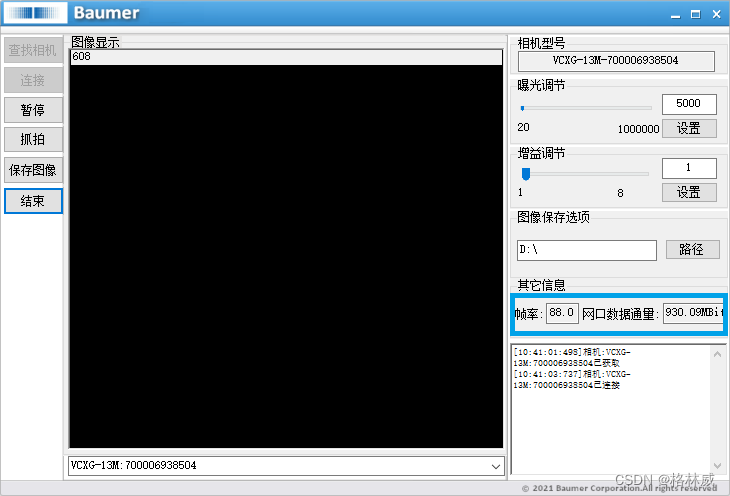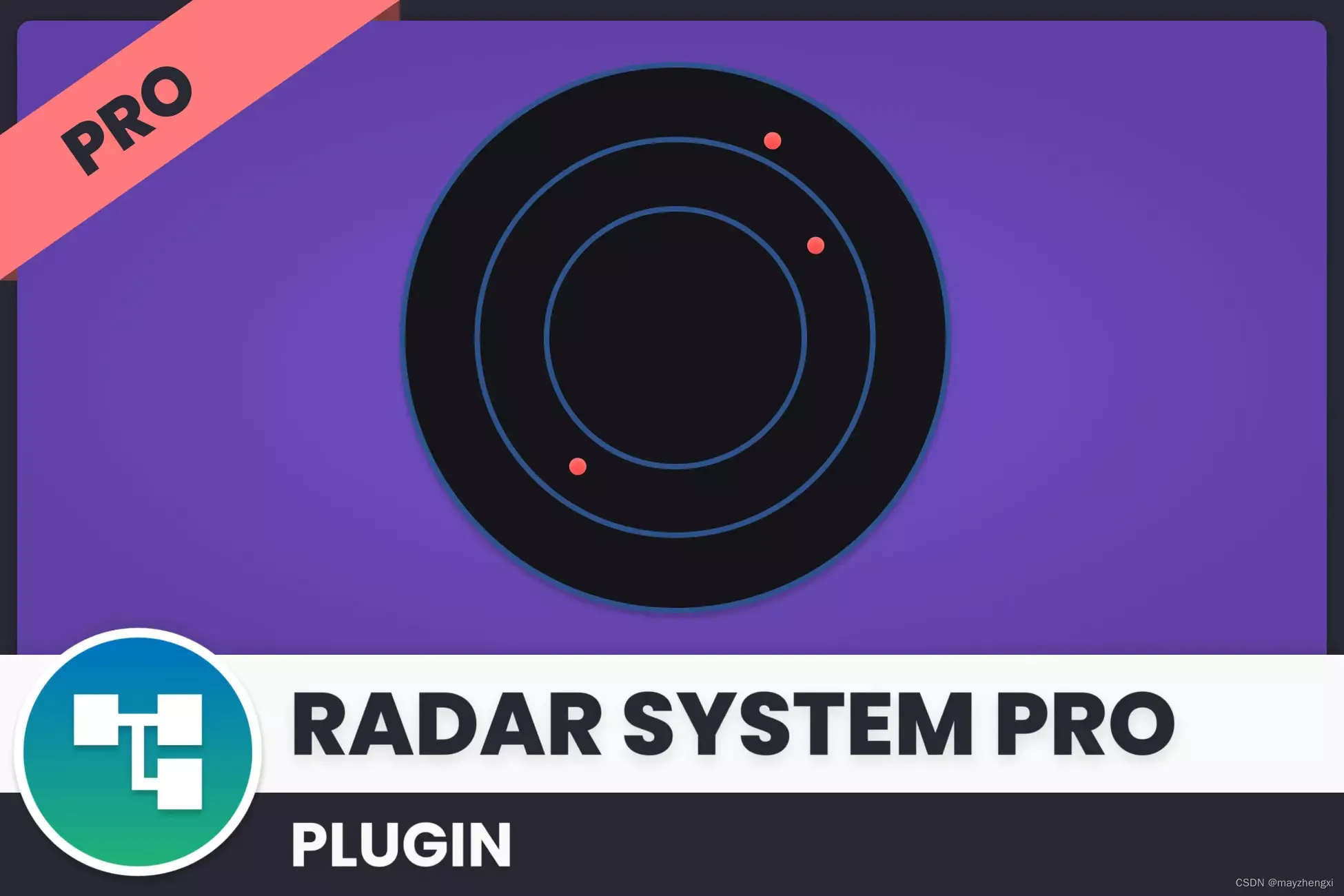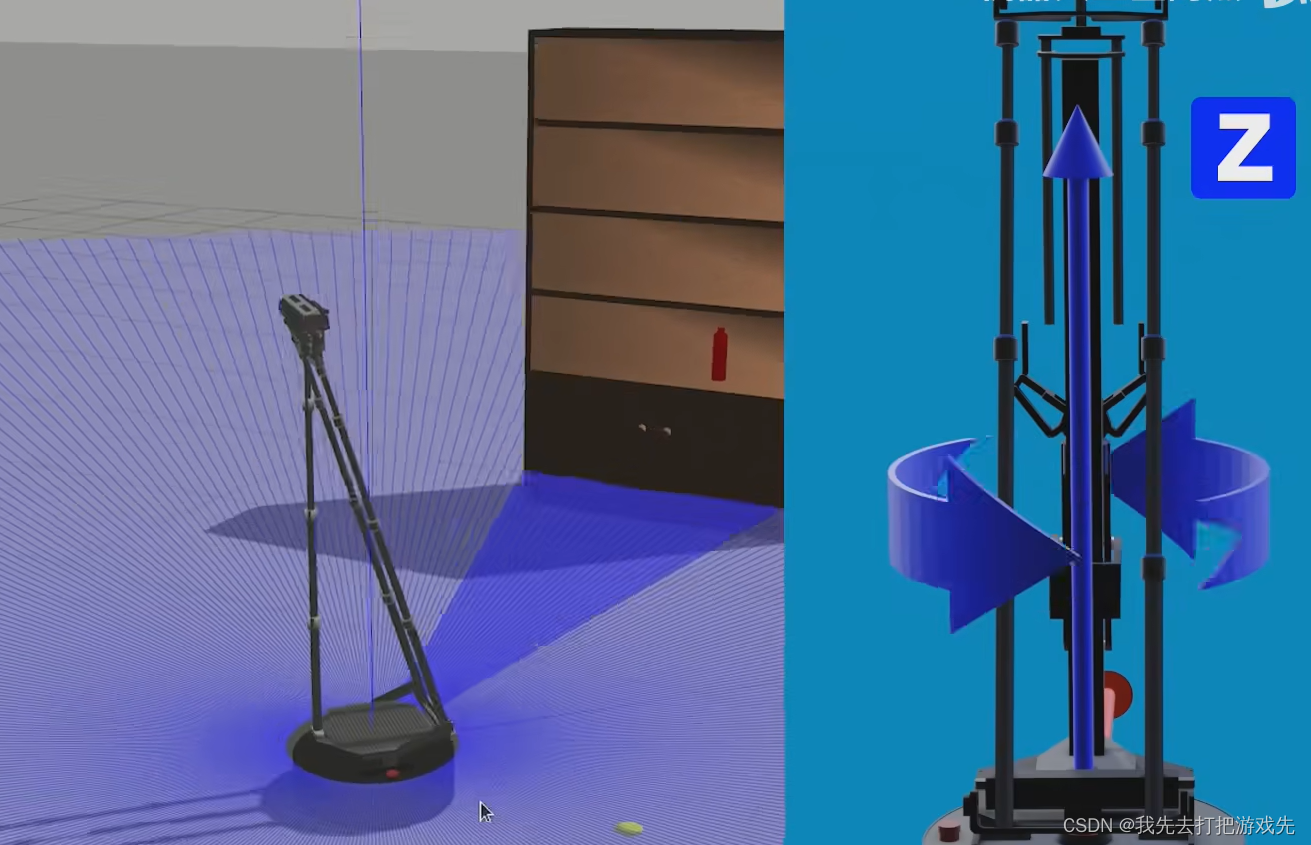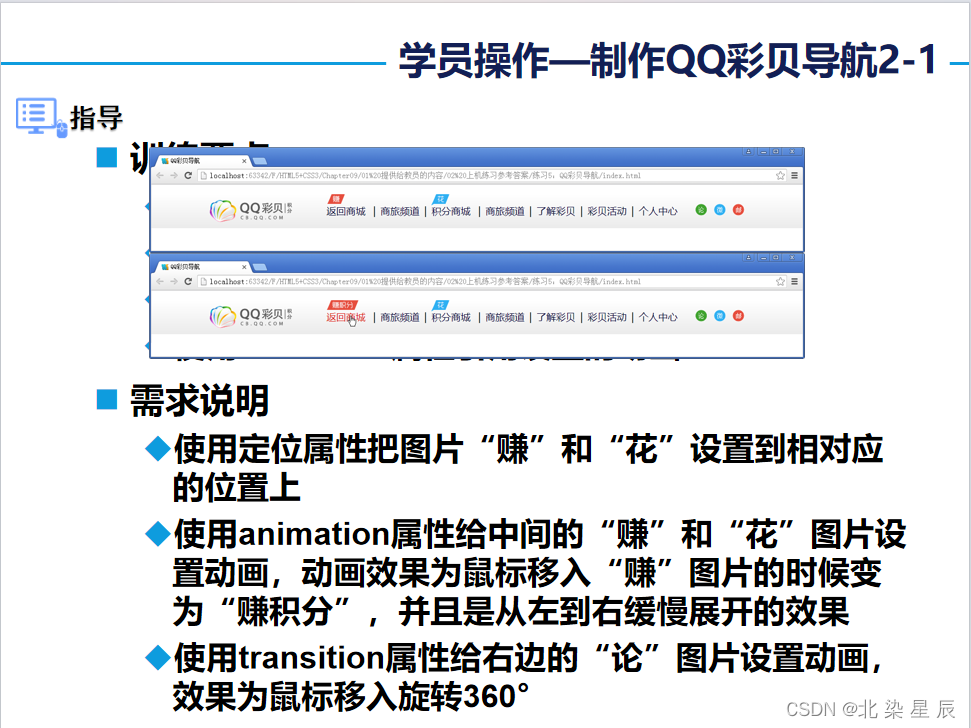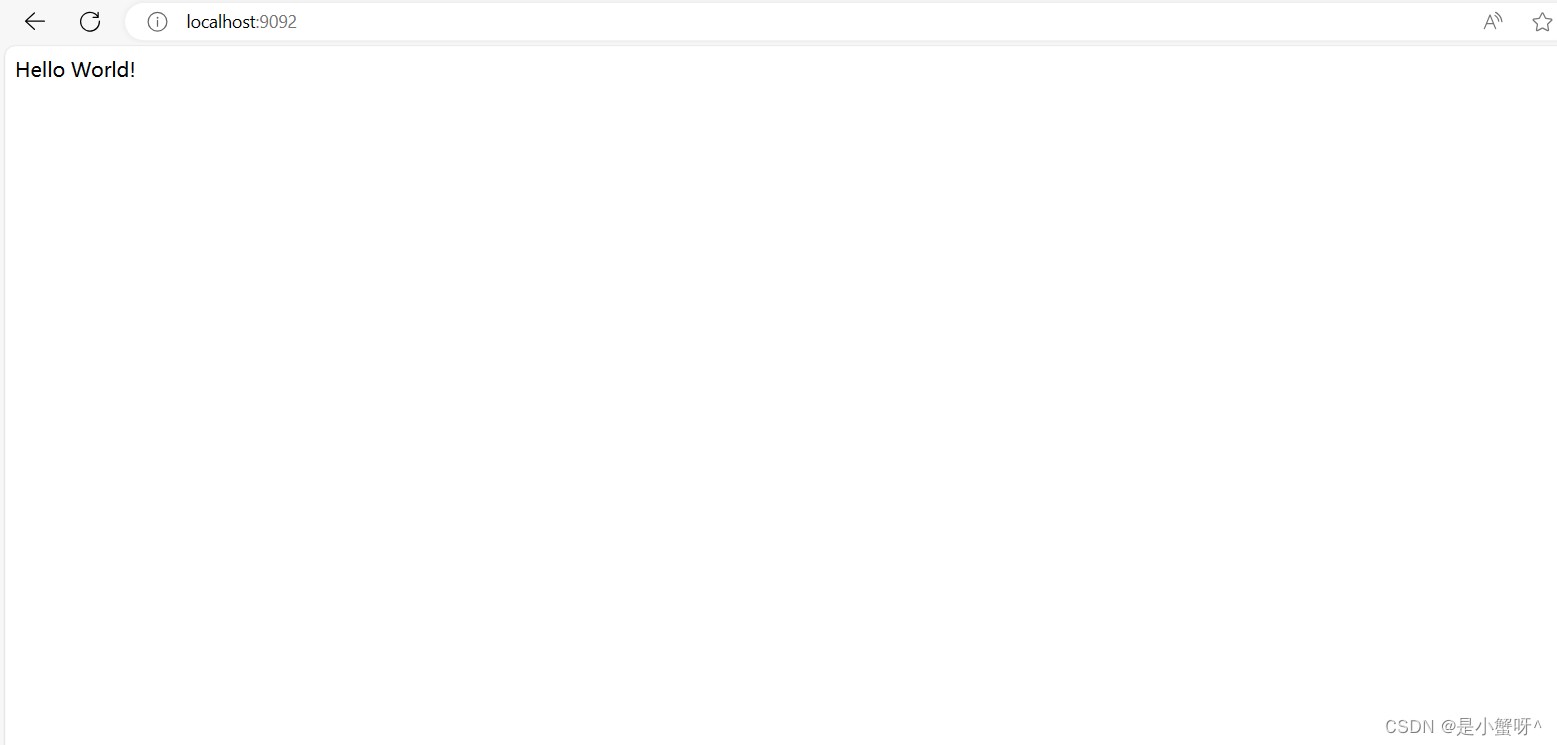目录
控制反转IOC
依赖注入DI
创建spring的容器方式:
思考:
spring整合Junit4
控制反转IOC
把对象的创建和对象之间的调用过程,交给Spring管理,IOC是容器,是思想。!!!
依赖注入DI
可以通过setter注入,自动装配,或者注解的形式,可以看我这个篇文章=>Spring的Bean你了解吗-CSDN博客
创建spring的容器方式:
第一种配置文件
ApplicationContext application=new ClassPathXmlApplicationContext("applicationContext.xml");第二种
AnnotationConfigApplicationContext application=new AnnotationConfigApplicationContext(SpringConfig.class);思考:
也许大家写过ssm的项目,它好像并没有书写过new 一个spring的容器,那它的spring容器是咋来的?
在web.xml配置: 在web.xml文件中,通常会配置ContextLoaderListener,该监听器负责初始化Spring容器。这是通过在web.xml中添加以下配置来实现的:
配置中,
contextConfigLocation参数指定了Spring配置文件的位置,这里配置文件为applicationContext.xml。
<context-param>
<param-name>contextConfigLocation</param-name>
<param-value>classpath:applicationContext.xml</param-value>
</context-param>
<listener>
<listener-class>org.springframework.web.context.ContextLoaderListener</listener-class>
</listener>
在
web.xml中配置ContextLoaderListener时,可以使用<load-on-startup>元素指定加载的顺序。通常,
<load-on-startup>的值为一个正整数,表示容器启动时的加载顺序,数值越小越早加载。如果
<load-on-startup>没有配置或者配置为负值,默认情况下,容器会在应用程序首次请求到达时加载ContextLoaderListener。
spring整合Junit4
每次进行单元测试的时候,都需要编写创建工厂,加载配置文件等代码,比较繁琐。Spring提供了整合Junit单元测试的技术,可以简化测试开发。
- 必须先有Junit单元测试的环境,也就是说已经导入Junit单元测试的jar包。
- 再导入spring-test的坐标依赖
<dependency>
<groupId>org.springframework</groupId>
<artifactId>spring-test</artifactId>
<version>5.0.2.RELEASE</version>
<scope>test</scope>
</dependency>
<dependency>
<groupId>junit</groupId>
<artifactId>junit</artifactId>
<version>4.12</version>
<scope>test</scope>
</dependency>编写类和方法,把该类交给IOC容器进行管理
package com.aqiuo.demo;
@Component
public class User {
public void sayHello(){
System.out.println("Hello");
}
}编写测试代码
@RunWith(value = SpringJUnit4ClassRunner.class) // 运行单元测试
@ContextConfiguration("classpath:applicationContext.xml")// 加载类路径下的配置文件
public class MyTest2 {
@Autowired
User user;
@Test
public void run(){
System.out.println(user);
user.sayHello();;
}
}
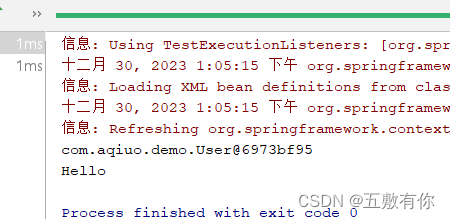
这样就不用测试spring每次都需要编写创建工厂,加载配置文件等代码。
